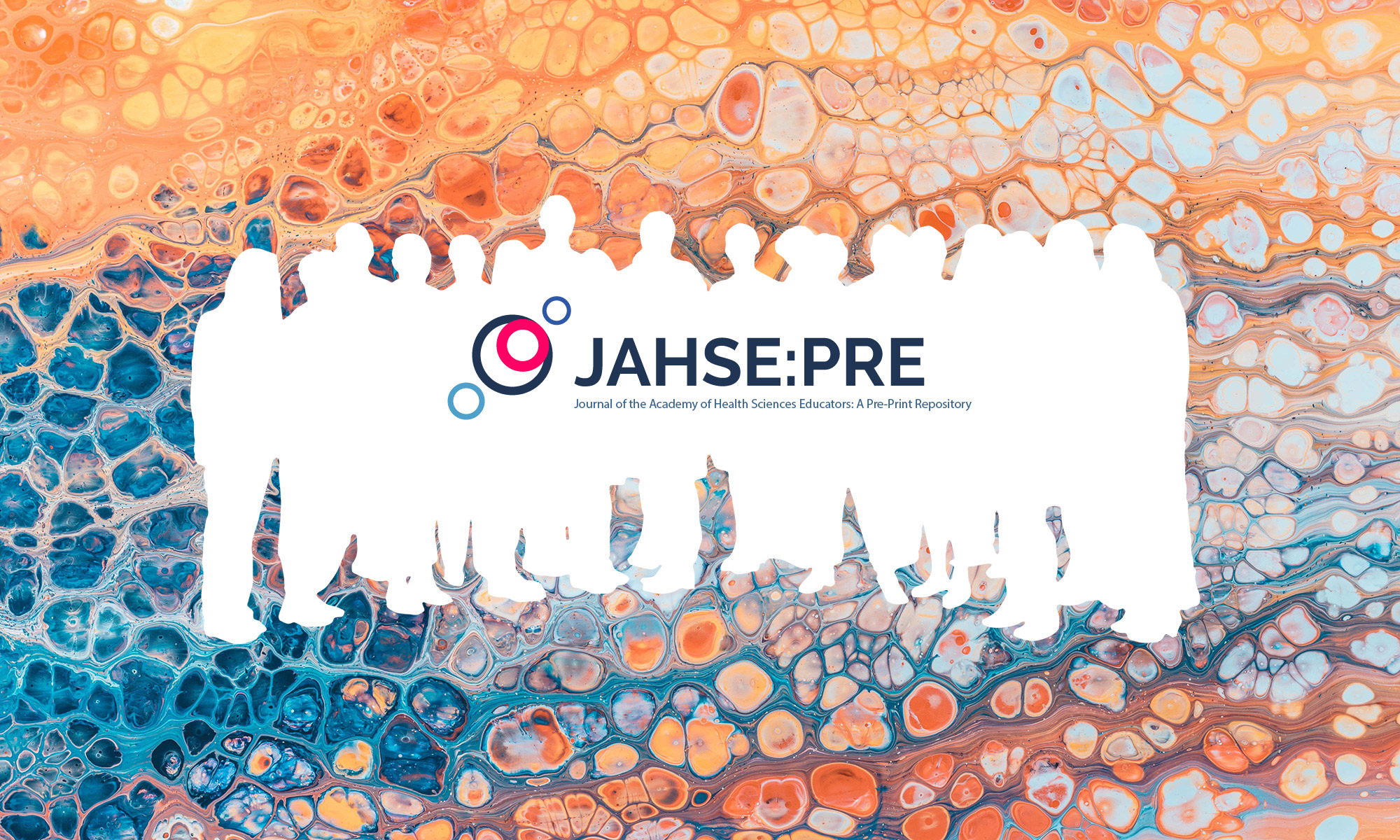 Loading…
Loading…
Title: Standards of Culpability in Criminal Law: A Comprehensive Analysis of the Mens Rea Approach and its Implications for Student-Led Clinics
Authors: Jacob Taylor, Alise Williams, Rachel Polcyn MD, Jake Arbon, MD
Date: 1/27/2025
Abstract: This paper provides a comprehensive analysis of mens rea—the mental state of an accused individual at the time of a crime— as a cornerstone concept in criminal law for determining culpability. By investigating its foundational role in legal processes, the paper explores the ethical, legal, and methodological challenges associated with evaluating mens rea. Drawing on empirical studies, historical contexts, and contemporary legal precedents, it critically assesses variations in the interpretation and application of mens rea, particularly in forensic psychiatric evaluations. These challenges are particularly relevant to student-led clinics, where emerging healthcare professionals often engage with underserved populations, including individuals with complex mental health and legal needs. The paper aims to trace the historical evolution of mens rea defenses, evaluate the efficacy of current assessment standards, and address emerging challenges such as advances in neuroscience and shifting societal perceptions of mental illness. Ethical concerns, including the potential for discriminatory practices and the tension between patient advocacy and public safety, are explored in depth. Through a systematic review of 22 studies, the paper examines diverse methodologies, populations, and findings, highlighting insights that are directly applicable to clinical training. By developing standardized approaches to mental health evaluations, student-led clinics can play a pivotal role in bridging gaps between clinical and legal systems. This includes offering frameworks that emphasize transparency, consistency, and fairness, fostering interprofessional collaboration between medicine, law, and psychiatry. The analysis reveals significant inconsistencies and biases in current practices, underscoring the need for standardized, evidence-based frameworks that medical trainees can incorporate into their practice to ensure equitable patient care and informed collaboration with legal systems. Ultimately, this paper advocates for the integration of forensic psychiatric principles into clinical education to better equip future healthcare professionals to navigate the intersections of medicine, law, and ethics. This approach ensures that clinics serve as incubators for justice-oriented practices while minimizing potential bias and error in mental health assessments.
Copyright: Academy of Health Sciences Educators ©2025
 Loading…
Loading…
